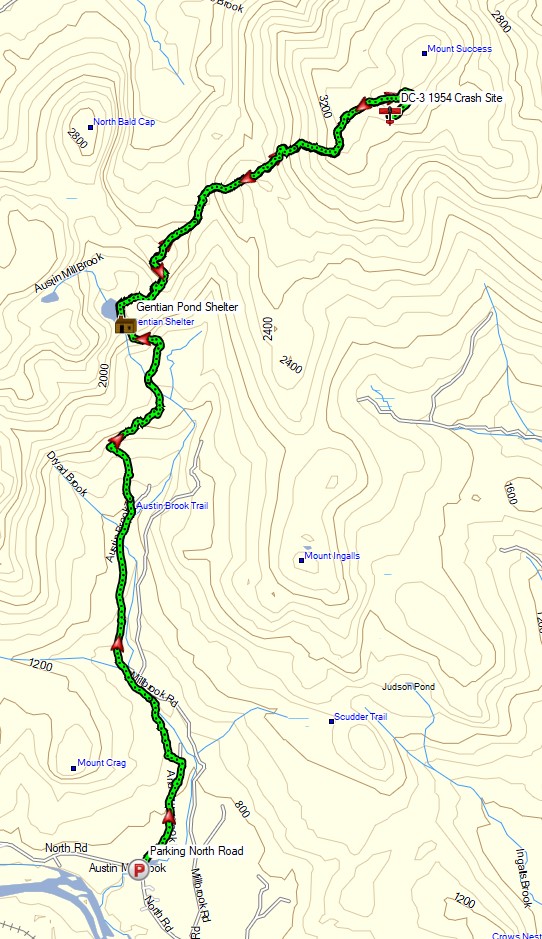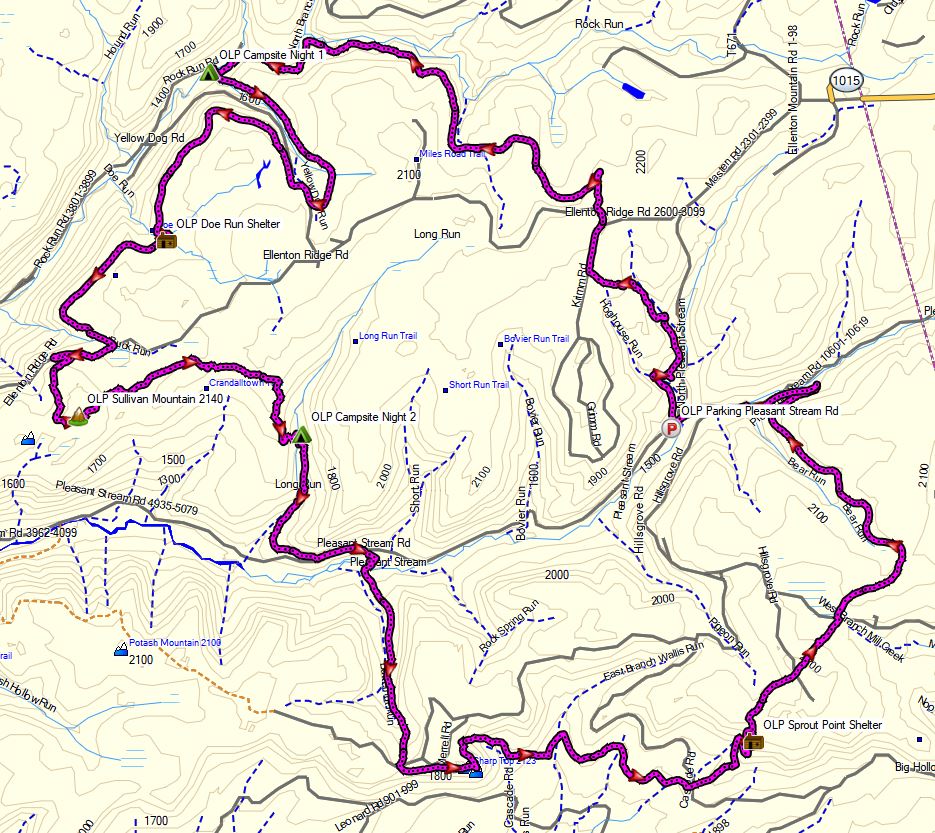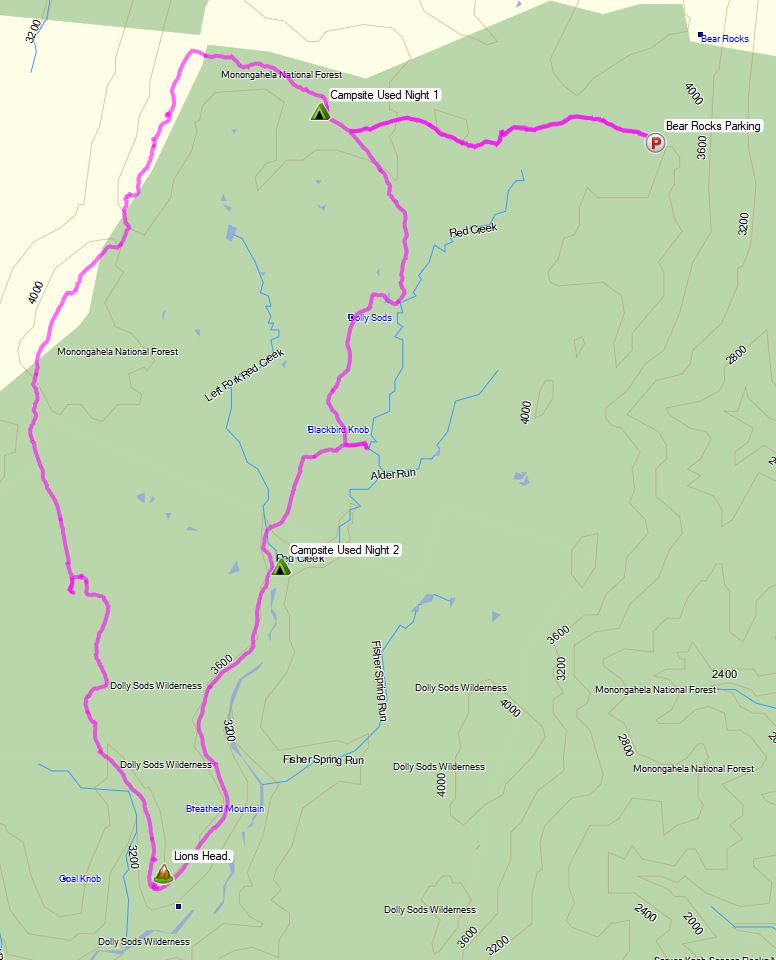Solo Winter Backpacking & Snow Camping in an attempt to Summit Mount Washington.
FTC Disclosure: This post contains affiliate links, which means I may receive a commission for purchases made through some of my links.
For this adventure, I headed up to the White Mountains of New Hampshire to do some snow camping with the goal of doing of a Mt Washington winter ascent. My plan was to set up a base camp at higher elevation, followed by a lighter weight trek up to the top of Mount Washington.
I went with a tent for shelter on this trip because I originally planned for the possibility of camping above treeline. I had never done that before, but the weather forecast was rather good before I left home, so this seemed like a good opportunity to give it a go. The Presidential Range had other ideas…
No permit is required to backcountry camp in the White Mountain National Forest, but a parking fee is required in some areas.
Trailhead Used: Jewell Trail Trailhead
44°16’01.2″N 71°21’40.7″W
Base Station Rd, Jefferson, NH 03538
This is a large parking lot with room for many vehicles. A parking fee of $5 dollars per day or an annual National Park pass is required.
Notable Backpacking Gear
- Fjallraven Kajka 75 Backpack
- Amok Fjol XL Winterlight Sleeping Pad (for hammock and tent)
- Outdoor Vitals Storm Loft 15° Mummy Pod
- Outdoor Vitals Dominion 1p+ Tent
- MalloMe Camp Cookset
- Optimus Polaris Optifuel Stove (running on white gas)
- Light My Fire Mini Fire Steel Striker
- Zippo Classic Lighter
- Sea to Summit Long Handled Spork
- Outdoor Research MicroGravity AscentShell Jacket
- Military Fleece Jacket
- Outdoor Vitals Adventure Jacket, Loftek version
- Outdoor Vitals Satu Adventure Pants
- Hardshell Pants – Military ECWCS Gen III Trousers
- Outdoor Research Rocky Mountain High Gaiters
- Solomon Toundro Pro CSWP Boot
- MSR Denali Ascent Snowshoes (1996, no longer produced)
- Black Diamond Z-Poles
- Camp Alu Tele Shovel
- Byer of Maine Trilite Camp Stool
- Nitecore NU25 Headlamp
- Casio ProTrek F30 Smartwatch
- Sangean DT-400W Weather Band Radio
- Benchmade Bugout EDC Folding Knife
- Pho Bo Instant Chand Noodles
- Peak Refuel Sweet Pulled Pork & Rice Backpacking Meal
- Alpine Start Dirty Chai Latte
Camera and Nav Gear used for this episode




